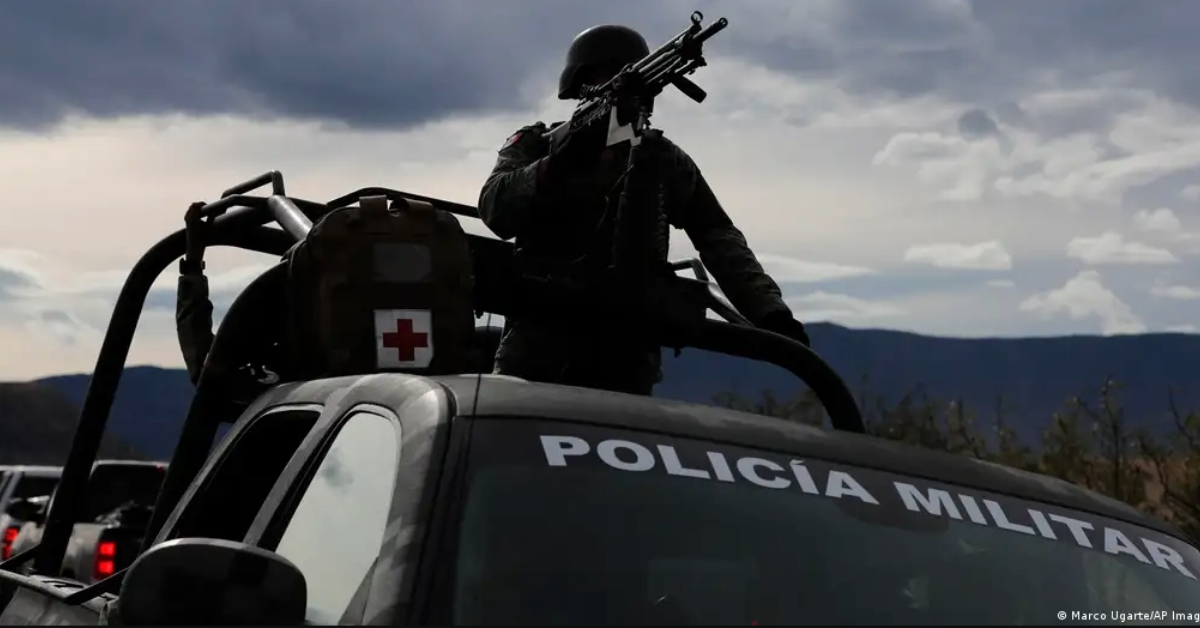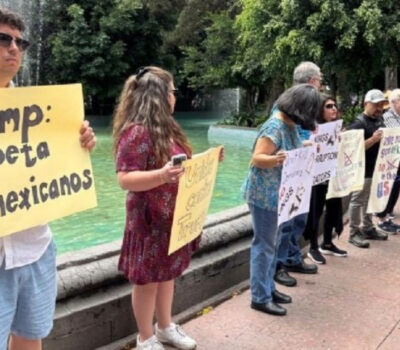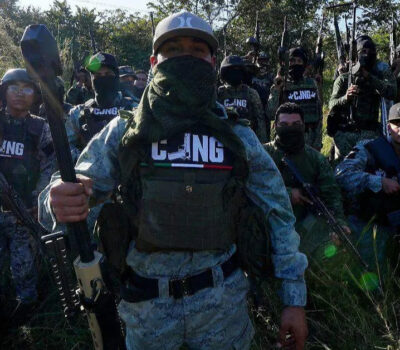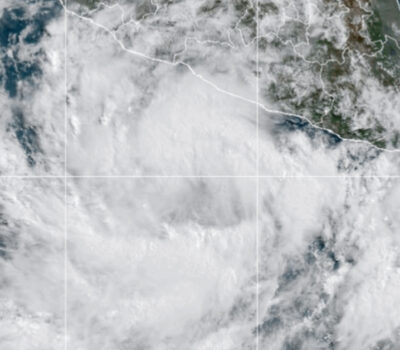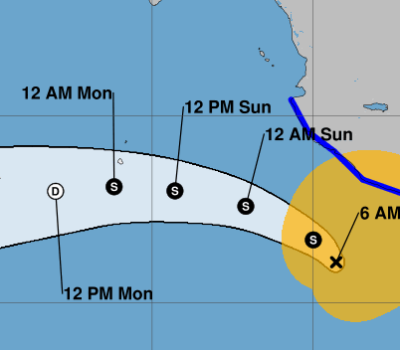Puerto Vallarta, Mexico – A new report from the Citizen Council for Public Safety and Criminal Justice reveals that 20 of the world’s 50 most dangerous cities are in Mexico, with seven occupying spots in the top ten. The study, which ranks cities based on intentional homicides per 100,000 inhabitants, places Port-au-Prince, Haiti, at the top of the list with a staggering 139.31 murders per 100,000 residents.
Colima, Acapulco, Manzanillo, Ciudad Obregón, and Tijuana follow closely behind, securing the second through fifth positions. Further down, Celaya and Zamora rank eighth and ninth, respectively. Other Mexican cities on the list include Cuernavaca, Villahermosa, Tapachula, Uruapan, Ciudad Juárez, Chihuahua, Irapuato, Zacatecas, León, Morelia, Culiacán, Cancún, and Chilpancingo.
Rising Violence in Mexico
Mexico closed 2024 with 30,057 murders, marking a 1.2% increase from the previous year’s 29,713 cases, according to the Executive Secretariat of the National Public Security System. Colima, the second most violent city globally, recorded an intentional homicide rate of 126.95 per 100,000 residents. This is the third consecutive year Colima has ranked among the world’s most dangerous cities, having topped the list in both 2022 and 2023.
The report states that Mexico accounts for approximately 40% of the world’s homicides, with a national homicide rate nearly nine times higher than the global average of 6.2 per 100,000 people. However, the 2024 report does not yet include figures from the violent outbreaks in Culiacán, Sinaloa, and Villahermosa, Tabasco, in the latter months of the year. These incidents will be reflected in the 2026 edition of the index.
Despite Mexico’s staggering homicide rates, the report does not consider deaths resulting from international conflicts such as the war between Russia and Ukraine or ongoing violence in the Middle East.
A Global Perspective on Urban Violence
The report’s findings indicate that the 50 cities in the ranking account for 40,198 murders, resulting in an average homicide rate of 56.57 per 100,000 inhabitants across a combined population of nearly 71 million people. These figures highlight the disproportionate concentration of violent crime, as the cities listed represent only 0.91% of the world’s population but account for 8.2% of all homicides globally, according to World Health Organization (WHO) estimates.
One of the most significant findings in this year’s report is the exclusion of San Pedro Sula and Distrito Central, Honduras, from the rankings. Both cities, which had consistently been among the most dangerous in previous years, have managed to improve their security situations, marking what the study describes as its greatest success since its inception. San Pedro Sula, for example, was the most violent city in the world from 2011 to 2014.
Regional Trends in Violent Crime
The Americas remain the most affected region, with 45 of the 50 most violent cities located within the continent. These include:
- Eight cities in Brazil
- Six in Colombia
- Five in the United States
- Three in Ecuador
- One each in Haiti, Jamaica, and Trinidad and Tobago
The remaining five cities in the ranking are located in South Africa, another country grappling with persistently high urban crime rates.
The Citizen Council for Public Safety and Criminal Justice emphasizes that the purpose of its report is to pressure governments to fulfill their responsibilities in ensuring public safety. The organization urges policymakers to take decisive action to curb violence and protect citizens, particularly in urban areas that continue to face extreme levels of crime.
Puerto Vallarta, Mexico - A new report from the Citizen Council for Public Safety and Criminal Justice reveals that 20 of the world's 50 most dangerous cities are in Mexico, with seven occupying spots in the top ten. The study, which ranks cities based on intentional homicides per 100,000 inhabitants, places Port-au-Prince, Haiti, at the top of the list with a staggering 139.31 murders per 100,000 residents.

